How to Grow Begonias? All You Should Know About Begonia Care
Begonia belongs to the group of most popular plants. It appears in home interiors, on patios and in gardens. There are many varieties of begonia, but basically each of them is easy to grow, as it doesn't have any special needs. Are you wondering if a begonia is a plant for you? Check the most important facts about it and find out.
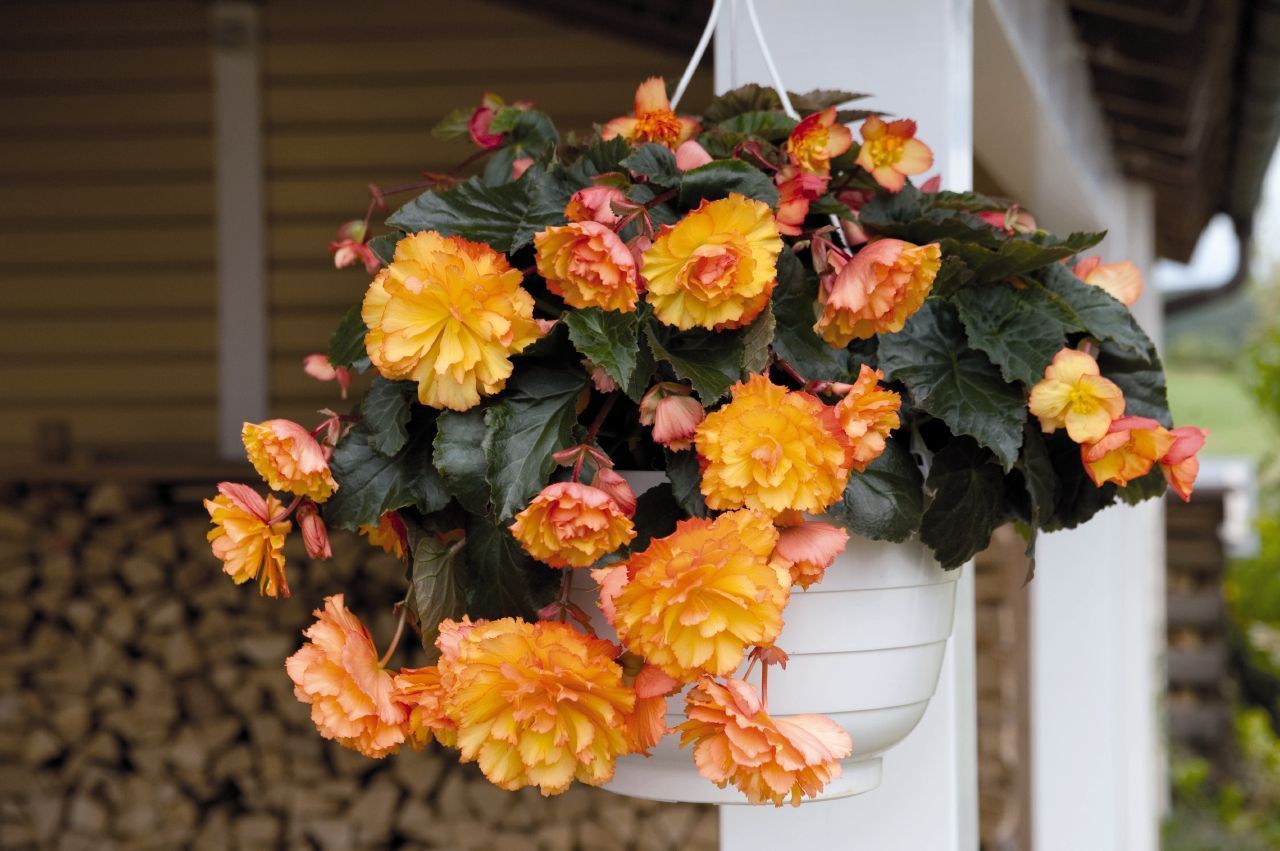
Begonia - what kind of plant is it?
Begonia (Begonia L.) belongs to a wider group of plants called Begoniaceae. Both houseplants and plants grown outside belong to this classification. It is estimated that there are around 1,500, or perhaps even 1,900 types of begonia - not all of them are well-known yet, though.
Begonias are vastly popular. The fact that these plants are cultivated all over the world is the best evidence. The majority of the mentioned varieties come from South America.

Is begonia a perennial?
Most people cultivate begonias as annuals - especially in gardens. It results from the fact that the plant is not highly resistant to low temperatures and frost. But as it turns out, it’s a perennial. If you decide to grow begonias in containers indoors, you can enjoy them for long years.
Begonia care - what does the plant need?
Begonias are easy to grow - mostly because of their low requirements. But make sure to check what a particular variety needs. Some of them require different growing conditions.
Begonias prefer lightweight and permeable soils. It’s perfect if it’s rich in peat, although it’s not obligatory. The plant grows well in other types of soil as well, although it might need additional feeding in such a case. The soil must be always slightly damp - make sure it never dries.
A begonia can grow in half shade, although if you can choose between sun or shade for the plant, note that it will grow better in full sun. It’s a particularly important aspect regarding blooming, which might affect the flowers and their color.
By providing optimal conditions for a begonia, you can expect it to become a beautiful decoration. It’s not a tall plant, though. Typically, it grows no taller than 30 centimeters.
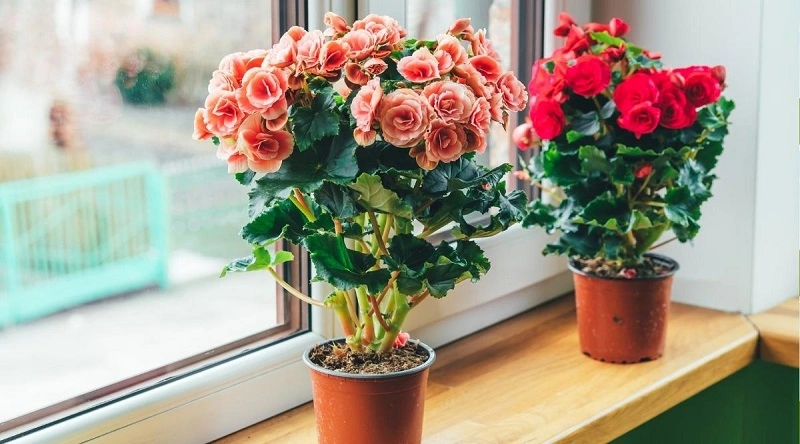
When to plant begonias?
If you’re planning to cultivate a potted begonia, it doesn’t matter when you plant it. Certain dates are important for the plants planted in flowerbeds in the garden. In this case, the second half of May (in temperate climate zones) is a good time for planting begonias. That’s when temperatures stabilize and there’s no risk of frost - dangerous to begonias.
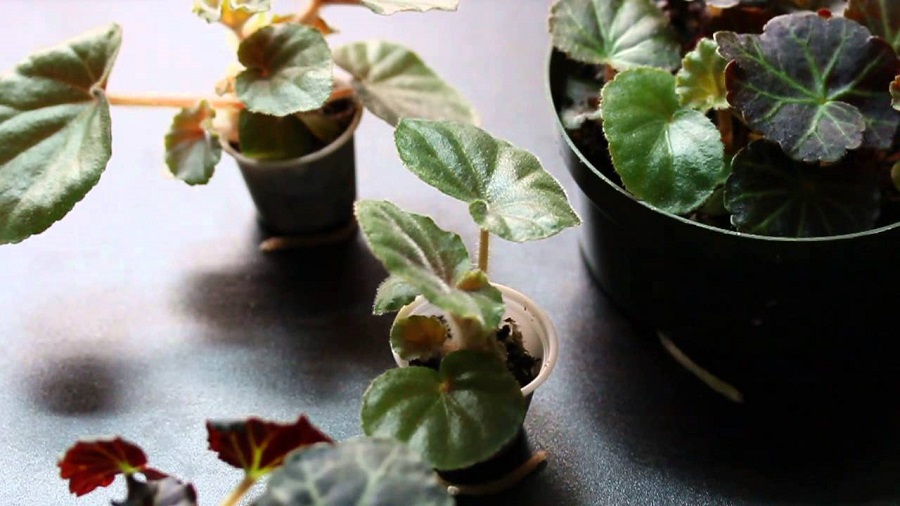
How many begonia bulbs do you plant in one container?
Picking a big enough container for begonias is not the only important matter - there has to be enough bulbs in one pot. Their number depends on the size of the container. On average, each bulb needs about 3 cm of space. If the container is 30 cm long, 9 bulbs is the best configuration.
Begonia - popular varieties
Unlike other garden flowers and houseplants, begonias have many varieties. One can grow a few of them in one garden. Here are the most popular types of these plants:
- tuberous begonia (Begonia ×tuberhybrida Voss)
- Bolivian begonia (Begonia boliviensis)
- begonia ‘maculata Raddi’ (Begonia corallina Carrière)
- pink begonia (Begonia gracilis)
- begonia Ricinifolia (Begonia ×ricinofolia)
- ruffled begonia (Begonia fimbriata)
- hiemalis begonia (Begonia hiemalis)
- begonia foliosa (Begonia foliosa Kunth)
- king begonia (Begonia rex)
- wax begonia (Begonia semperflorens)
Begonia maculata, dragon wing begonia and begonia silver spot are a bit less popular types. But they are still grown by plant enthusiasts.
Judging by the wide selection (the mentioned begonia varieties are just a fraction of the ones cultivated in the world), everyone should find the best plant that will match individual expectations - both about the appearance and color of the flowers.
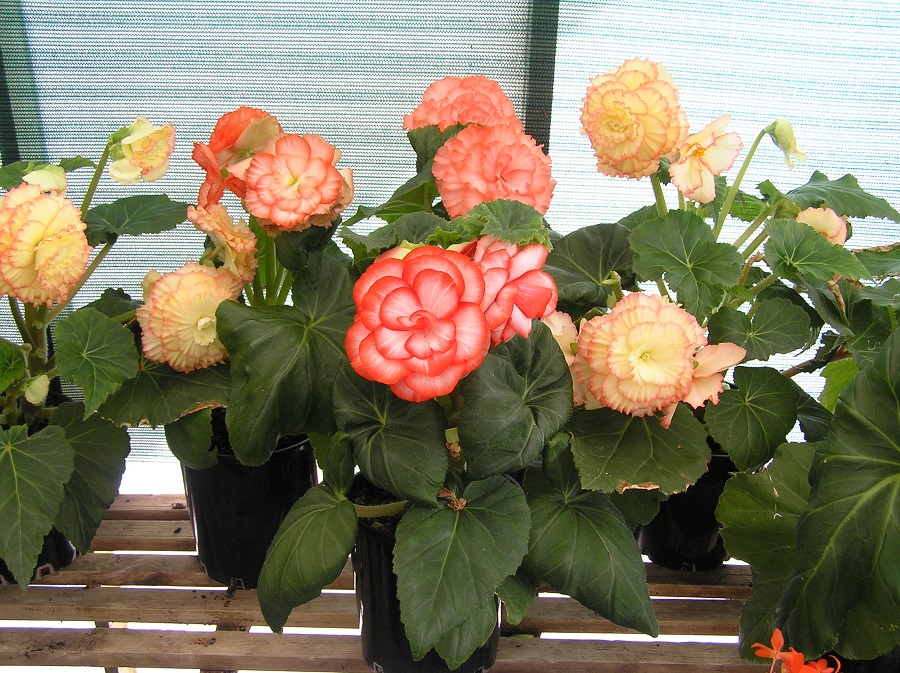

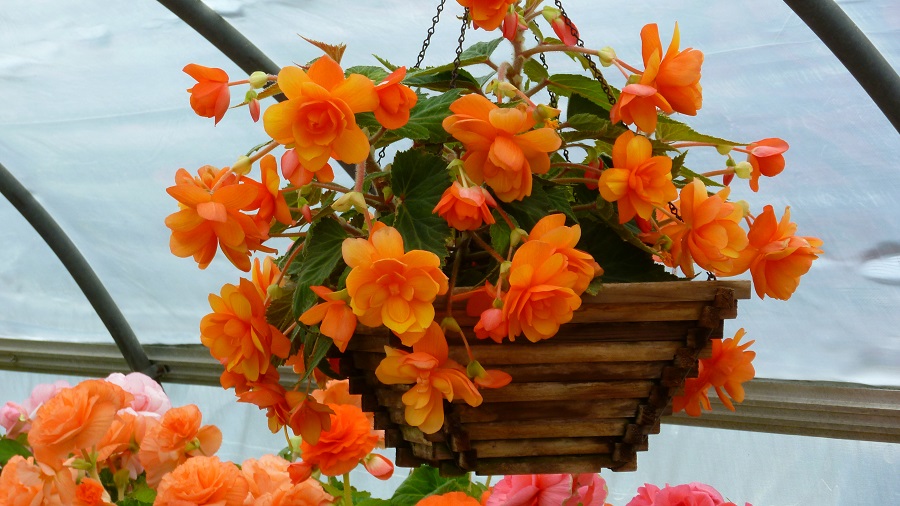
How to propagate begonias
Begonias can be propagated by using one of the easiest methods. If you want to grow new plants, you just need some seeds. You can harvest them between June and July.
Using cuttings and so-called grafts are another effective method. This is the most common way of begonias propagation used in professional gardening. It’s more popular because harvesting seeds is possible only for a selection of plants.
Experienced gardeners often propagate begonias by dividing the bulbs. It’s quite difficult, though. We don’t recommend this method if you lack experience.
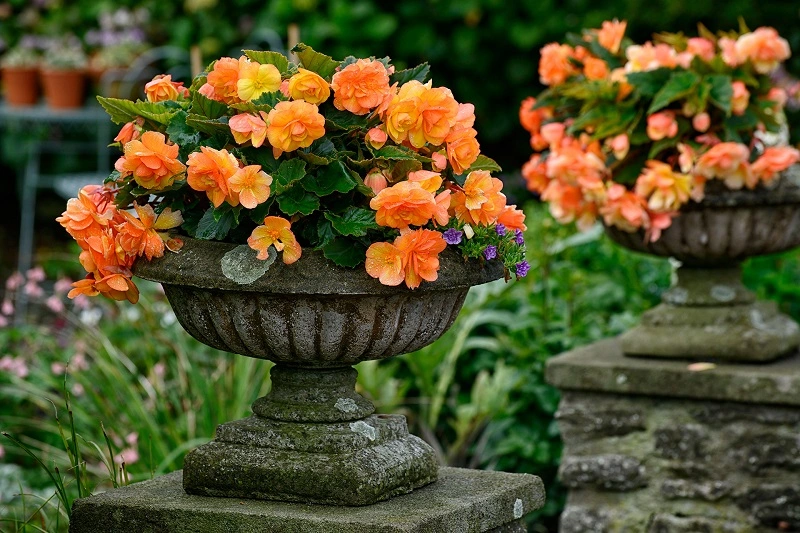
Wintering begonias
Some wonder whether begonias come back every year. Because begonias are quite vulnerable to low temperatures, they cannot be left in the ground for cold winter months. You should dig up the bulbs mid-October and store them e.g. in the garage, a utility room or the basement. Make sure the temperature in such a place doesn’t drop below 0 Celsius degrees (32°F).
The bulbs typically wait to be reused until March. This is when they should be planted in pots and moved to a place where the temperature is at least 17-18°C (62.6-64.4°F). They can be planted in the ground in May.
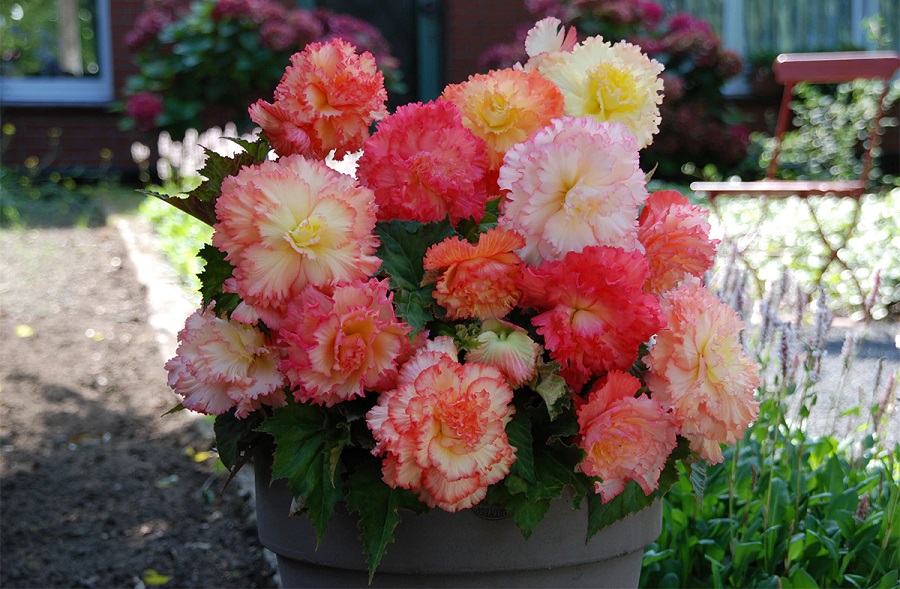
Begonia diseases and pests
Various fungal diseases pose the biggest threat to begonias. They usually develop when the plant is watered too excessively. That’s why you should be extra careful. Begonia diseases include:
- black root rot,
- botrytis,
- powdery mildew.
That’s not all, though. In addition to diseases, pests might also appear - especially on plants grown outside. Aphids are the most common ones. The following are equally harmful:
- spider mites,
- other mites,
- nematodes.
If you noticed your begonia doesn’t look like it used to - its leaves are yellow, or it wilts, act immediately. You can reduce some dangers using natural remedies. But in other cases, you have to use a special product from a gardening store.
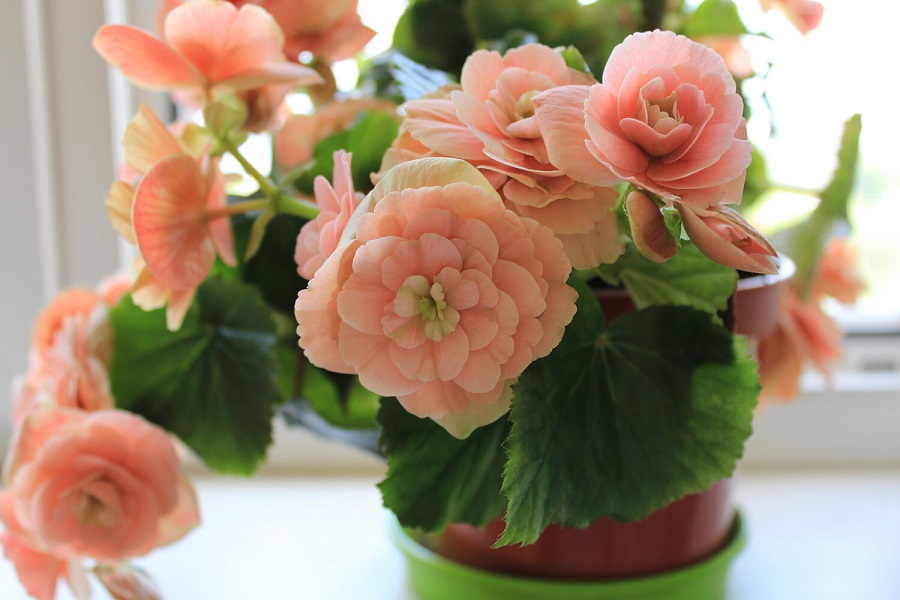
Can you encourage begonias to bloom?
If your plant develops slowly, you can help it a little. First, make sure the temperature is right. It should be anything between 17 and 18°C (62.6-64.4°F). Also, provide the begonia with moderate moisture levels in the soil and fertilize it using special products for ornamental plants.
📍 What does a begonia look like?
Begonias are short but beautiful plants which have a lot of flowers. Depending on the variety, it might form a multi-colored dome, or develop hanging branches covered with flowers. The leaves of a begonia look good as well. If you pick such a plant for your garden, you can expect it to become a beautiful decoration.
📍 When to plant a begonia?
You can safely plant a begonia in the ground as soon as there is no risk of frosts. Typically, it's the second half of May. That's when the weather conditions get stabilized.
📍 What is the best soil for begonias?
The best soil for begonias is lightweight and permeable. Make sure it's rich in peat. Pay attention to the humidity level of the soil - it should be always slightly moist.
📍 How to water begonias?
Begonia likes relatively humid soil. For this reason, you should water it regularly - depending on the conditions, once a week or once every few days. Be careful, though, and make sure not to overwater your begonias.
Featured articles




